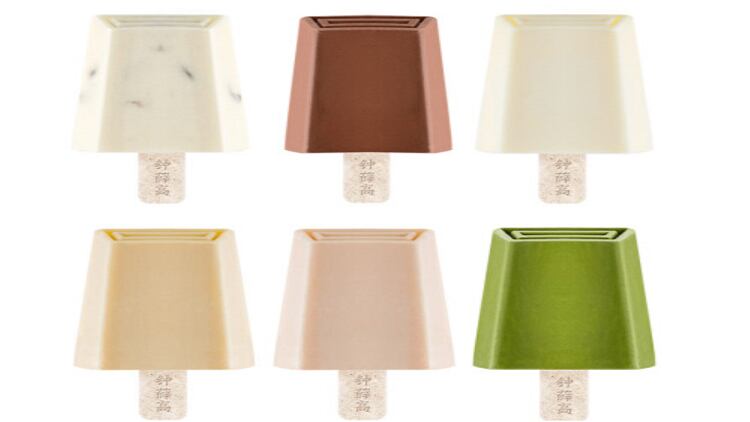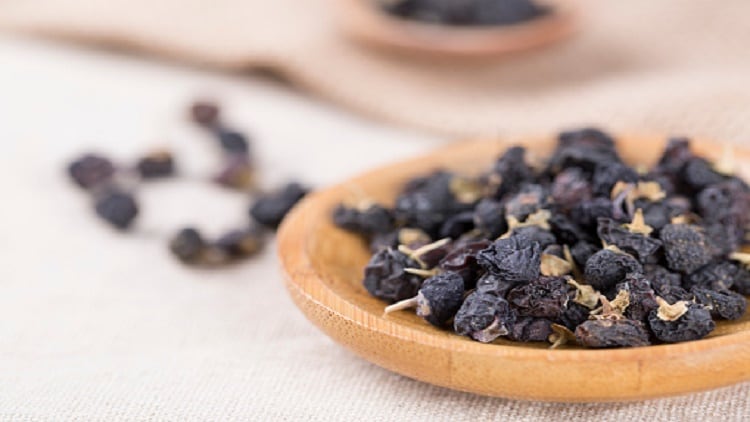Tmall reveals the top seven food and beverage trends driving China's consumer market
Alibaba's e-commerce arm Tmall has revealed seven trends in China's F&B consumer market, including small packs, diet replacements, low-sugar, international, Internet sensation, inter-industry cooperation, and cultural element revival.
The report jointly published by Tmall and CBN Data, looked at online consumer data collected between 2016 and 2018.
Asia’s plant-based market: Socioeconomic and cultural norms could present significant challenges to growth, say experts
Despite the growing popularity of plant-based meat and dairy alternatives in the Asia Pacific, experts say that deep-set socioeconomic and cultural norms in Asia could present obstacles for true widespread growth in the region.
Apart from big plant-based product launches by Impossible Foods and Beyond Meat in developed countries such as Hong Kong and Singapore, South East Asia as a whole also saw very significant growth in the industry.
New vegetarian and vegan product launches in the region growing by 140% and 440% respectively between 2012 and 2016, according to research by the Farm Animal Investment Risk & Return (FAIRR) Initiative.
However, truly thorough expansion of the plant-based industry into Asia as a whole is unlikely to happen any time soon due to socioeconomic and cultural challenges, according to ProVeg International’s International Head of Food Industry & Retail Verena Wiederkehr.
Chocolate in China: Use in local food applications key to category success - Barry Callebaut China boss
Incorporating chocolate in local food applications is key to achieving market success for the category in China, according to Barry Callebaut, which expects to see launches of new products featuring its flagship Ruby chocolate increase this year.
Chocolate bars might be a favourite in other markets, but in China, other chocolate applications, especially ice-cream, was topping the sales chart instead, George Zhang, MD of Barry Callebaut China told FoodNavigator-Asia.
“Ice-cream has become the most popular application of chocolate currently. Five years ago, it was the vanilla flavoured ice-cream that was winning consumers. The Chinese prefers to consume chocolate in different forms, not just sweets alone, but in bakery, cakes, and local food applications,” Zhang said.
Tackling the 'taste-health paradox': Indian snack manufacturers advised to focus on health, nutrition and 'Indian-ness'
Snack manufacturers in India have been advised to take a health and wellness and localisation approach to snack production to appeal to local consumers.
According to a new report from intelligence agency Mintel, 60% of Indian consumers snack at least twice a day and 15% snack four or more times daily, a reflection of the large value and potential of the snacks market in the country.
Along with this, 37% of snackers stated stress-relief as their reason for snacking, but increasing health and nutrition awareness in the country has raised the demand for functional snacks.
“Brands can tap into this by offering snacks that provide indulgence along with health and taste in today's world,” said Mintel Consumer Research Analyst India Minu Srivastava.
Foreign wines continue to be a booming business in China as domestic brands battle to fight back
Imported wine brands appear to winning the current battle against Chinese domestic products, with experts forecasting an 8% rise in imports this year.
This led the China Wine Association a and Yizhi Data to warn that imported wines are ‘rapidly eating into the market share of domestic wines’ in China due to factors including consumer habit shifts, the zero-tariff policy and the country’s ‘One Belt One Road’ policy.
“The total amount of imported wine in China has doubled in five years, whereas domestic wine production dropped by about 12% year-on-year in 2017,” said the report.
It added that French wines were currently still the top imported wines in China, but Australia’s growth rate ‘far exceeds’ that of France, and this is expected to narrow further in the future.





